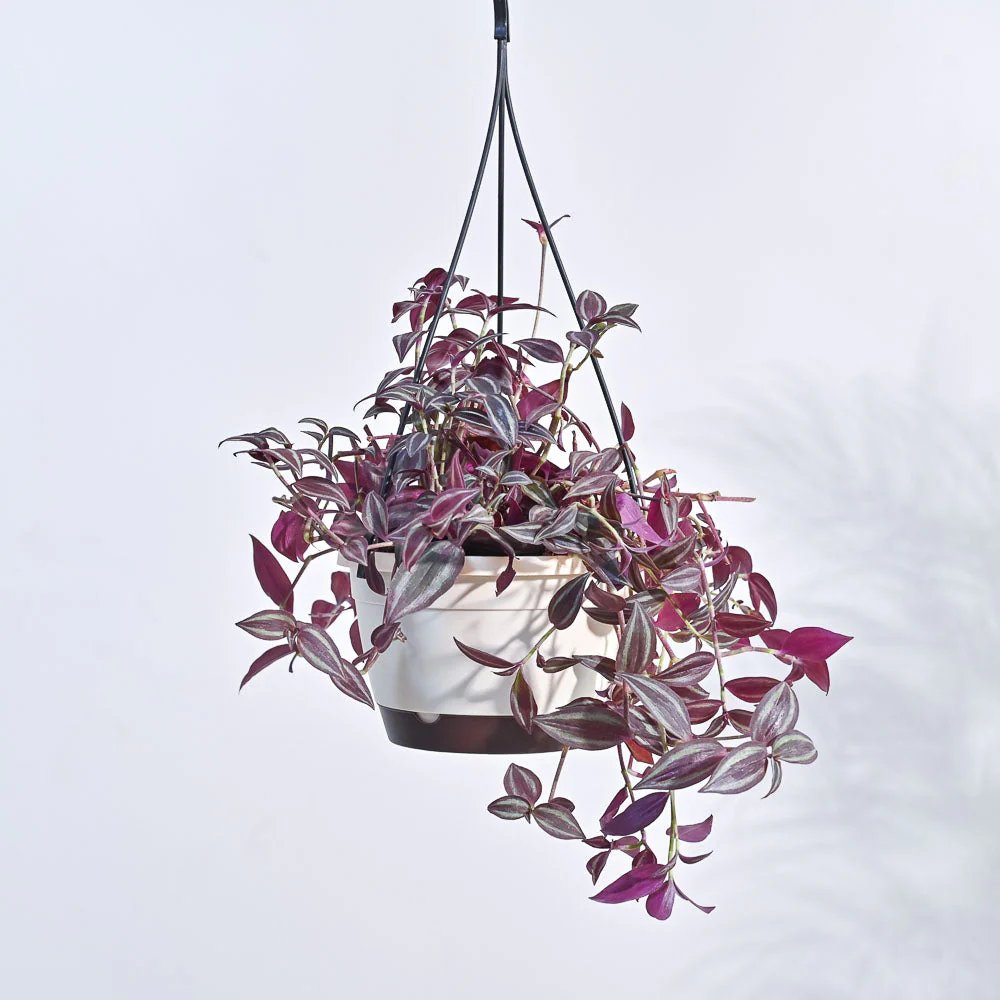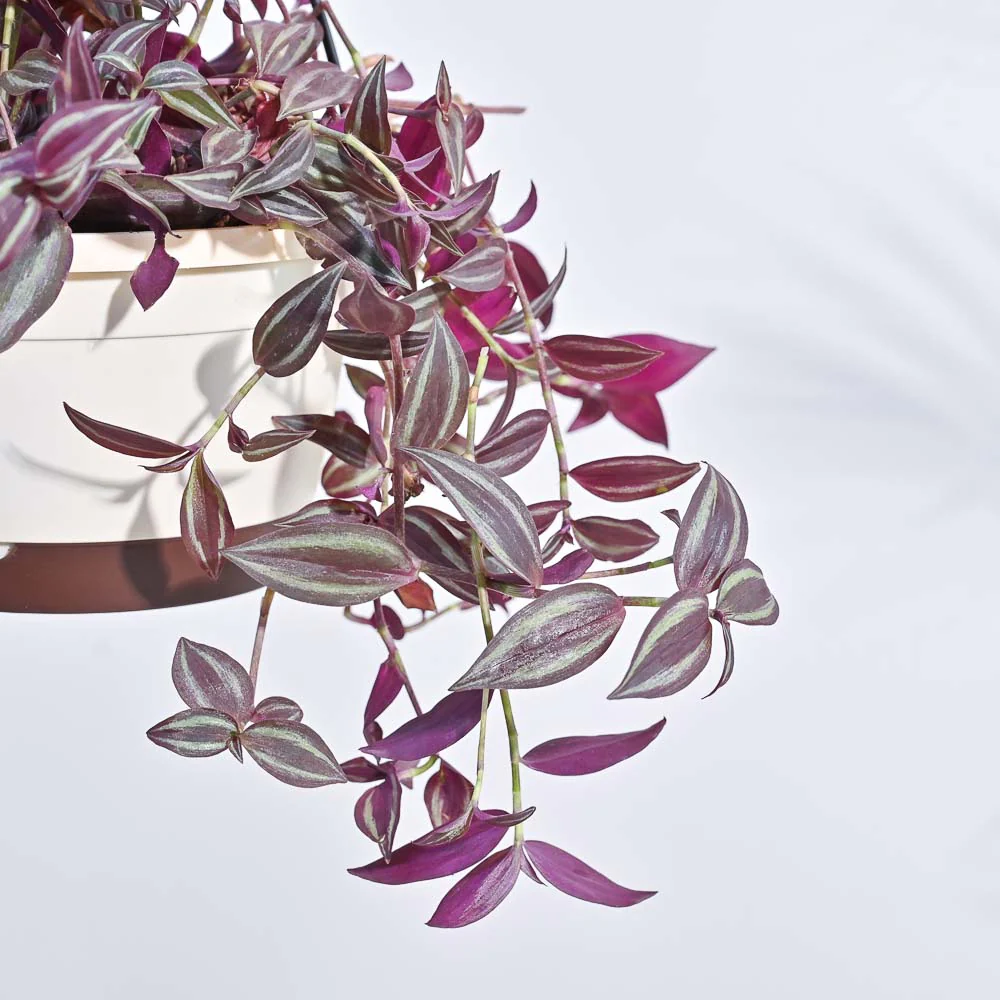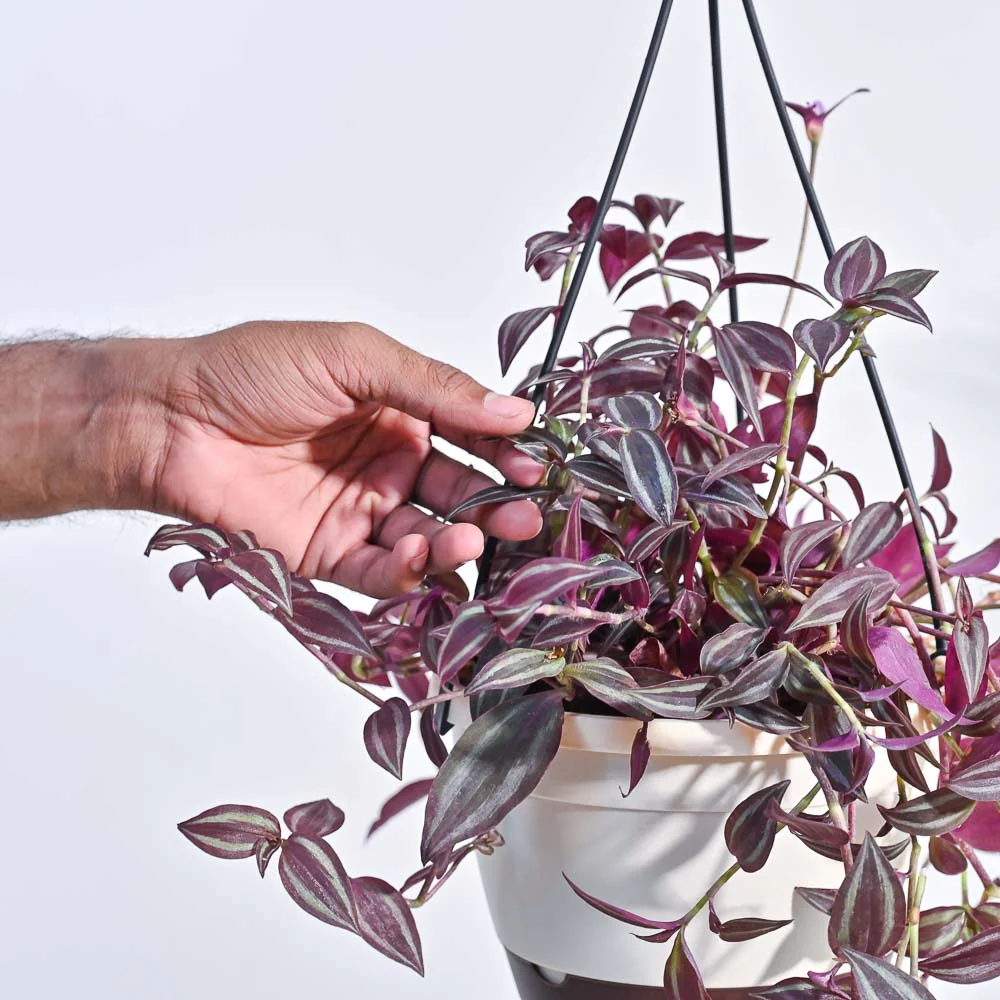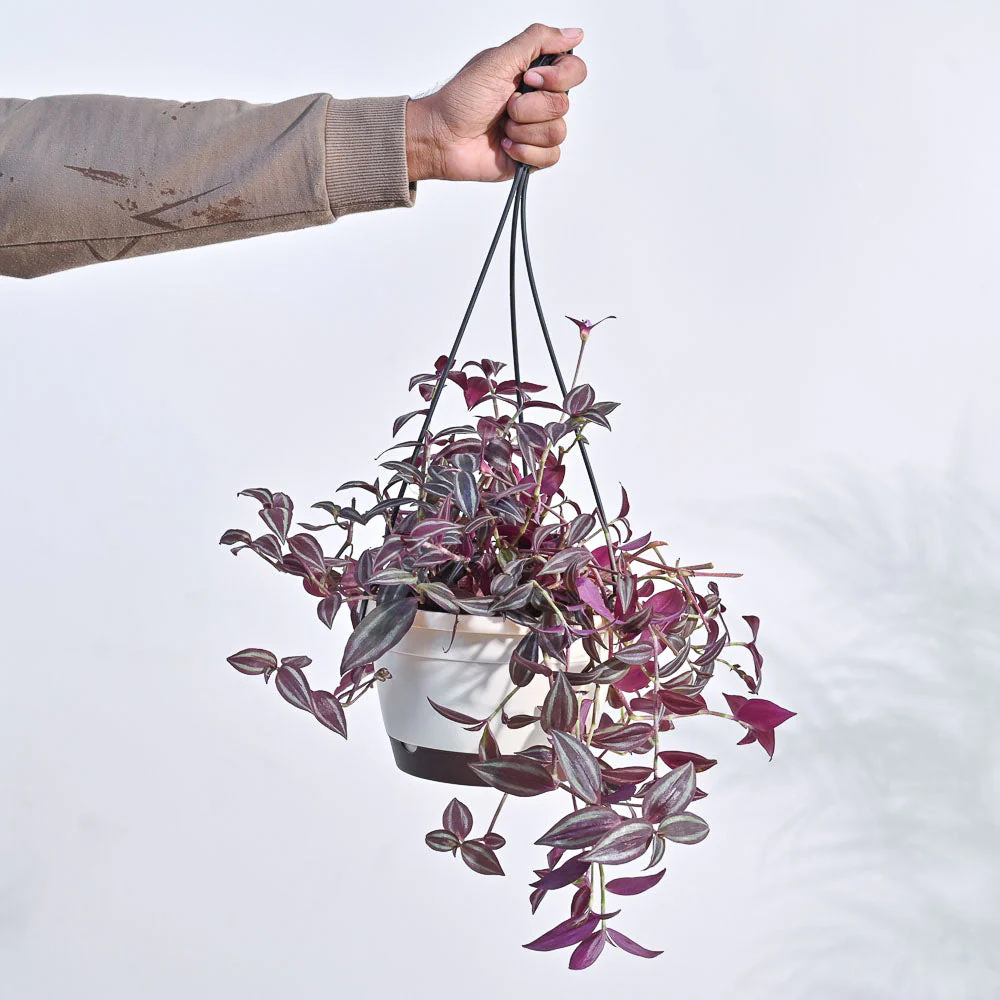The Peace Lily is a popular indoor plant known for its dark green leaves and elegant white flowers. Native to tropical regions, it’s cherished for its beauty, air-purifying qualities, and low-maintenance care.
Named aptly after its habit of growing rapidly when unchecked and wandering to the ends of the earth if left to its own devices, the Wandering Jew is an easy plant to grow indoors. Also known as Spiderwort, the Wandering Jew plant is used both in hanging baskets and also as ground cover. The stunning leaves are striped in shades of purple, adding instant color to your garden. Fuss-free and super easy to care for, this plant is stunning in its hanging planter and does well in brightly lit areas.





Subscribe our newsletter
© Copyright 2024 | PlantUncle By Eaglemedia360.com